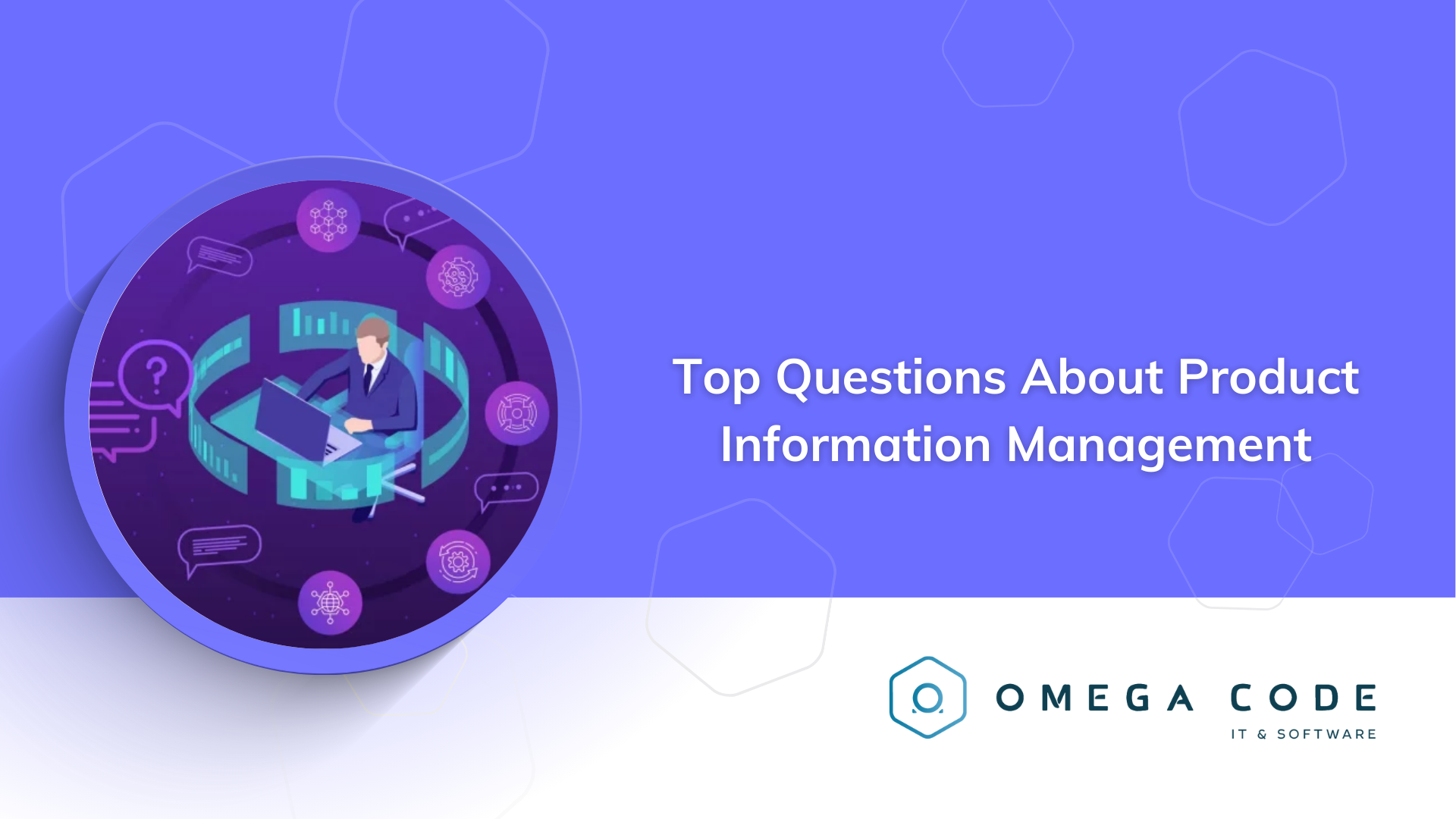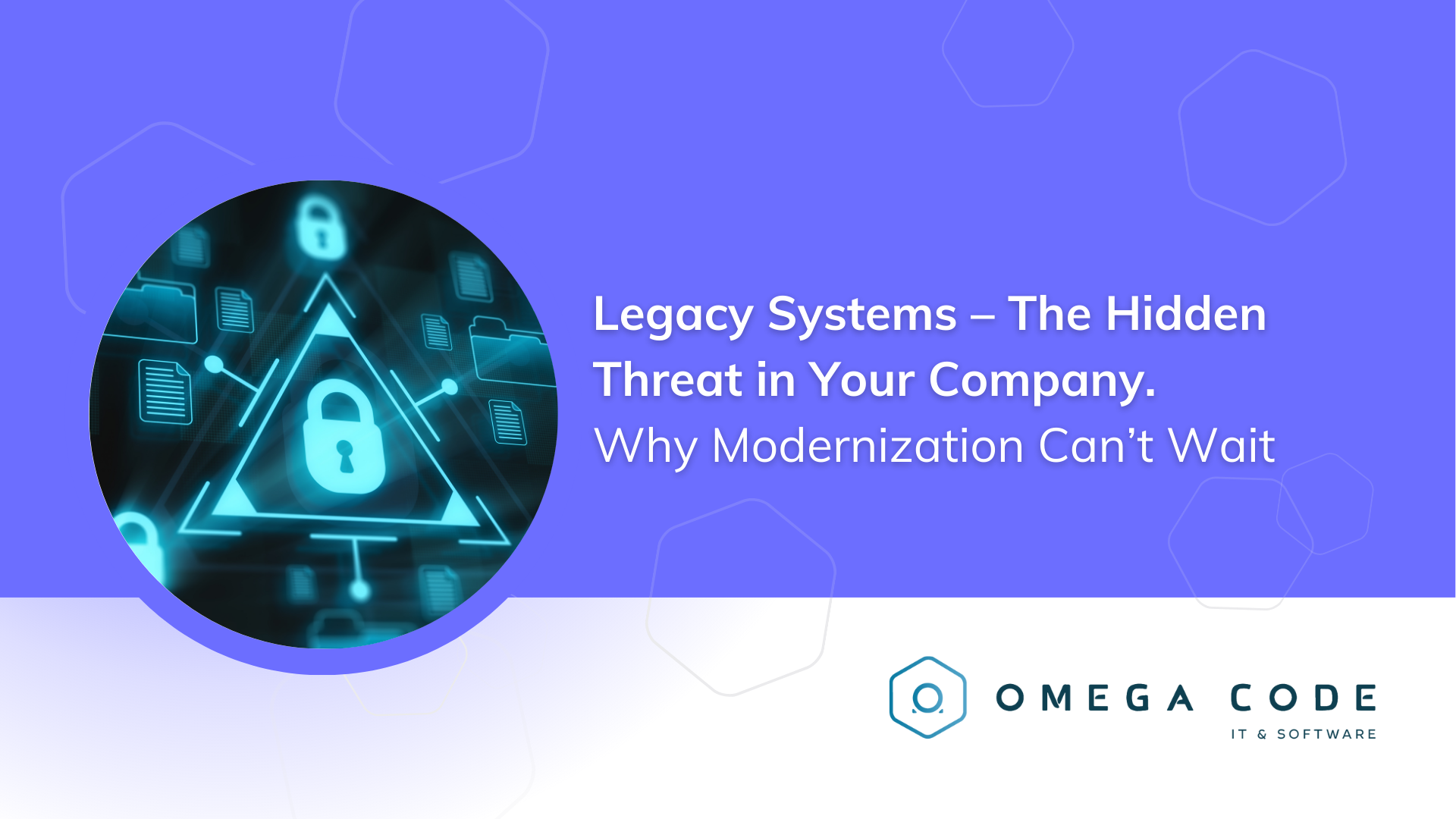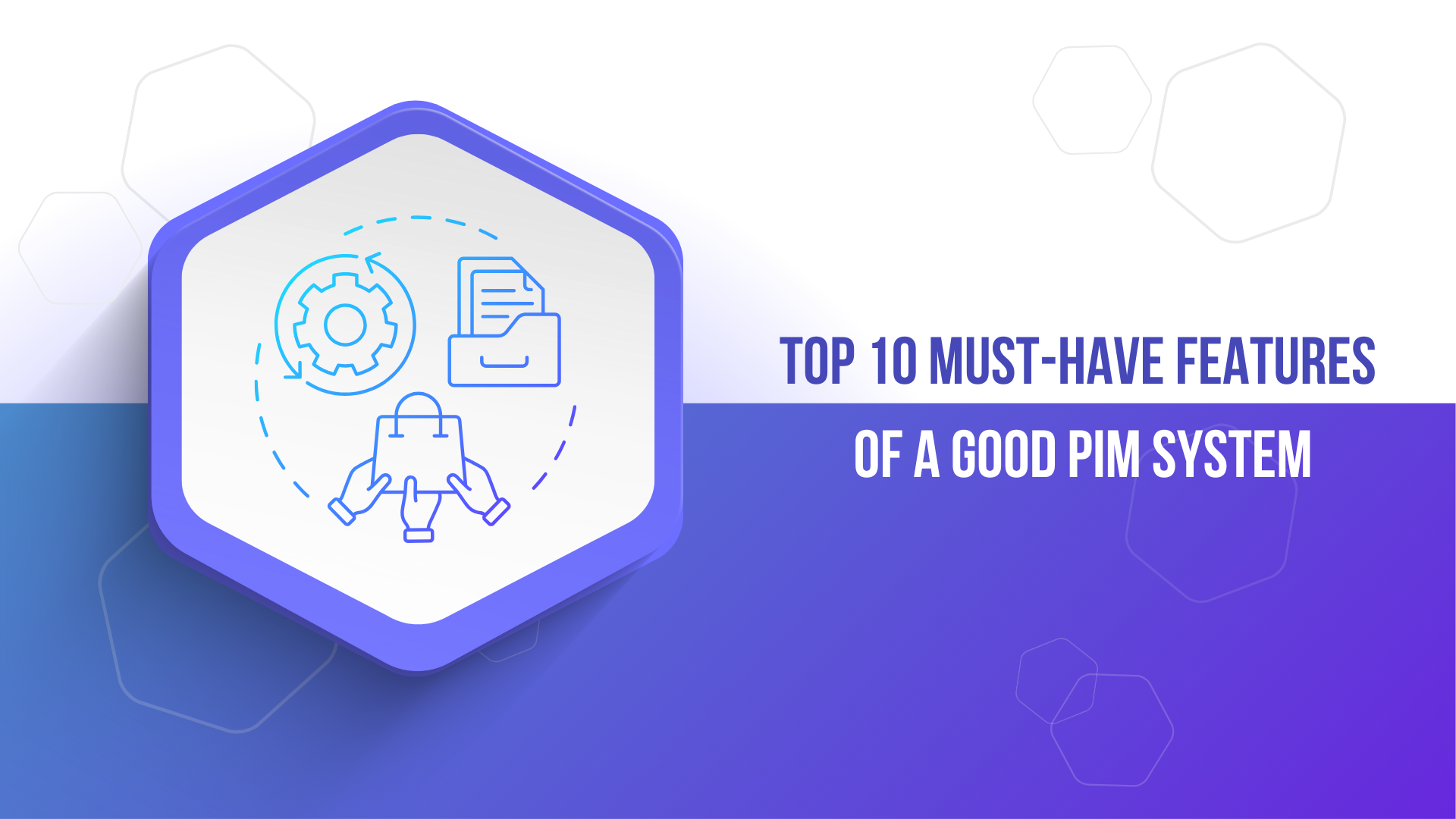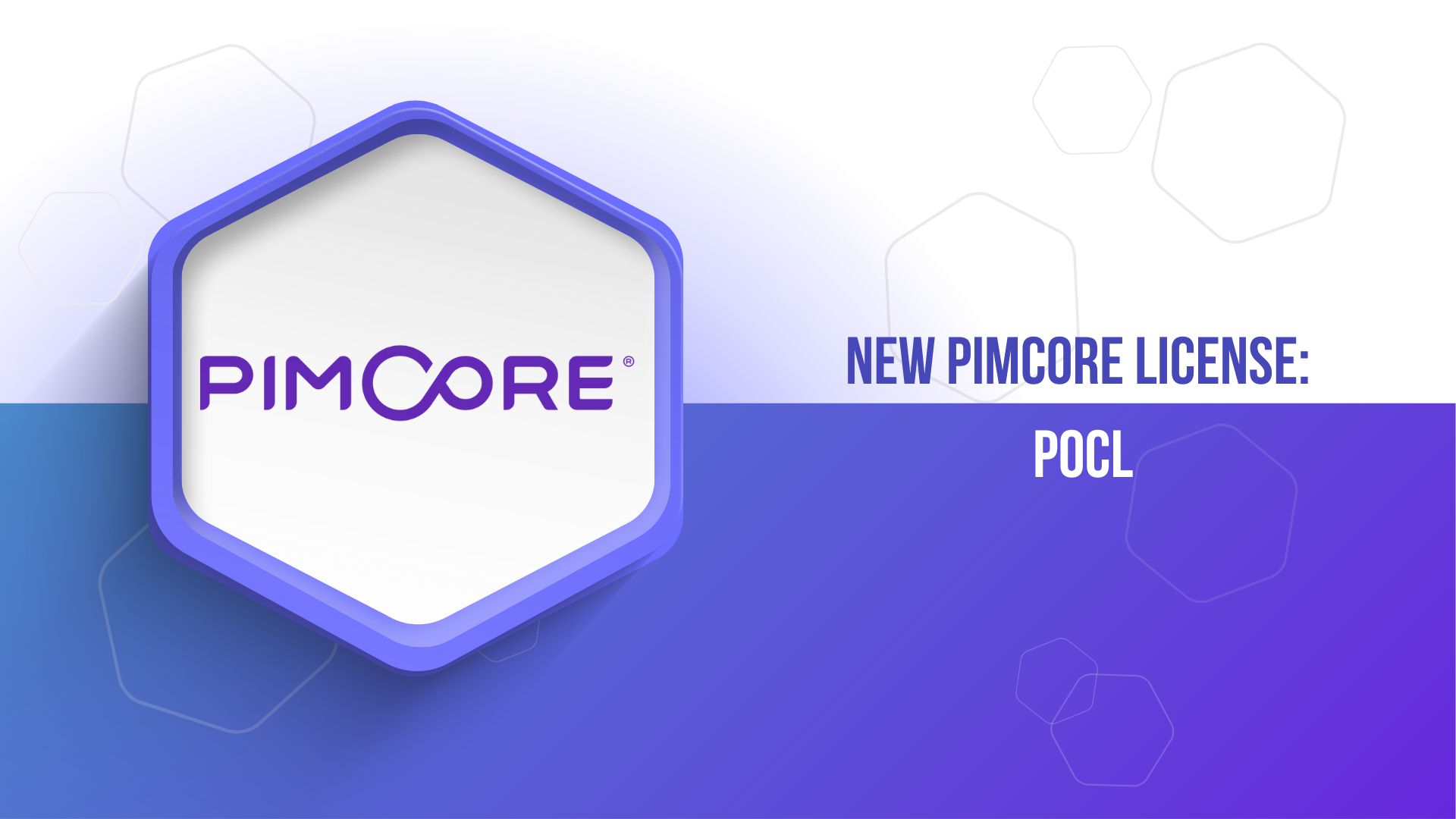Top Questions About Product Information Management
Questions to Ask When Choosing a PIM System.

- Who needs a PIM system?
- We have ERP software, so why would we need a PIM software?
- How do you know that your business specifically needs a PIM platform?
- What type of data is stored in the PIM system?
- What are the typical uses for a product information management system?
- What are the benefits of a PIM platform?
- How do I evaluate PIM (product information management) solutions?
- How do you know a PIM solution meets your business requirements?
- Which is a good fit for the enterprise, Cloud PIM, On-prem PIM, or SaaS?
- Can the PIM system easily connect with my internal platforms?
- What role does a PIM system play in providing actionable insights?
- What is the implementation cost of the PIM system?
1. Who needs a PIM system?
Any enterprise that produces or sells products needs a product information management (PIM) system. A PIM system is essential for enterprises selling products in multiple channels, such as brick-and-mortar stores and online stores. A centralized PIM system ensures that all product data is consistent across all channels, which helps prevent customer confusion and dissatisfaction.
A PIM helps to manage all the product data in one place. It also allows for standardized product information across different departments and channels. This makes it easier for customers to find the information they need on your products, and it also makes it easier for you to keep your product data updated and accurate.
A PIM can be a precious tool for companies that want to improve their multichannel digital commerce efforts and better serve their customers. If you're considering implementing a PIM system, be sure to do your research and find one that will best fit your needs.
2. We have ERP software, so why would we need a PIM software?
A PIM is a more specific, targeted solution that can help with omnichannel digital commerce, sales and marketing activities, and product experience management. ERP software is excellent for managing and tracking your business processes and data, but it's not as good for managing and monitoring your product data or rich product content.
A PIM software can fill that gap by providing you with tools and features to manage your product data more granularly. For example, it helps you manage your product data (including images, specs, descriptions, etc.) by keeping track of your products' different versions - their colors, sizes, materials used, etc. This is especially important for businesses with many products, or complex products with many specific data points.
ERP software is designed to automate and manage many core business processes, including inventory management, manufacturing, financials, and even HR. But while ERP systems are great at managing operational data, they’re not always the best solution for managing product data.
3. How do you know that your business specifically needs a PIM platform?
Product information is the heart of any business. You rely on it to decide what products to offer, how to market them, and how to price them. Unfortunately, when product data is inaccurate or outdated, it can lead to lost sales, misguided marketing campaigns, and pricing errors.
A sound PIM system can help you avoid these problems by providing a single source of truth for all your product data. With accurate and up-to-date information at your fingertips, you'll be able to make better decisions about your products and run your business more efficiently.
So, suppose your business is looking for a way to improve communication and collaboration between teams, reduce errors in product data entry, or streamline the process of creating product catalogs. In that case, you need a PIM system.
4. What type of data is stored in the PIM system?
A product information management (PIM) system centralizes and stores data about the products an organization sells. This can include data about the product itself, such as its name, SKU, weight, dimensions, colors, and materials; as well as data about its price, availability, warranties, and more.
PIM system is used to manage these types of product data so that it can be easily accessed and updated as needed. This type of system can be beneficial for organizations that sell a large number of products or that offer a variety of customization options for their products. In these cases, a PIM system can save time and ensure accuracy by keeping all the relevant product information in one place.
5. What are the typical uses for a product information management system?
A product information management system is used to manage all the information related to a product. This can include everything from the product's technical specifications to marketing materials to images and videos.
PIM systems can be used in various industries but are particularly popular in the manufacturing and retail sectors. They are used to manage and track all the different versions of a product that might be produced, as well as keep track of where each version is being sold. PIM systems can also be used to create catalogs and price lists and to manage orders and stock levels.
PIM systems are often used by businesses that sell products online. This is because companies need to be able to quickly and easily update the information about their products when they make changes or add new products. PIM systems can also help businesses keep track of inventory levels and stock outages.
6. What are the benefits of a PIM platform?
A good Product Information Management (PIM) system can help a business better manage product data, including creating and distributing product information across all sales channels. It also automates the process of creating and distributing marketing materials, such as catalogs, flyers, and websites. This can save time and resources, and helps ensure that marketing materials are always up-to-date.
By providing a single source of truth for product data eliminates the need for customers to contact different departments or channels to get the information they need. It ensures that all communications about a product are consistent, reducing the risk of customers being confused or mislead by inaccurate information. In addition, PIM systems make it easier for businesses to track and respond to customer feedback about products.
PIM system can help reduce operational costs in a variety of ways. For example, it can automate the aggregation and normalization of product data from multiple sources, reducing the time and resources needed to keep product information accurate and up-to-date. Additionally, it can streamline workflows by automatically routing tasks and approvals to the appropriate team members or departments, which can help dodge delays and missed deadlines.
Lastly, PIM system can help identify errors and duplicates early on in the product development process before they have a chance to snowball into bigger problems down the line. Implementing a well-run PIM system can save your organization time and money by helping you avoid common pitfalls and optimize your operations..
7. How do I evaluate PIM solutions?
There is no one perfect way to evaluate a Product Information Management solution. You can use a few key criteria to evaluate a PIM system. Firstly, consider how well the PIM system centralizes and organizes product data. A sound PIM platform will make it easy to find the information you need, when you need it. Secondly, assess how easy it is to input and update product data in the PIM system. You want a PIM system that will allow you to quickly and easily add or edit product information as needed. Lastly, consider how user-friendly the PIM system is - does it have an intuitive interface that is easy to navigate?
Along with that, you must also:
- Validate solutions that will fit your business requirements
- Evaluate contender solutions using best practices
- Negotiate with vendors
Considering these factors, you can evaluate different PIM systems and choose the right one.
8. How do you know a PIM solution meets your business requirements?
There's no one-size-fits-all answer to this question, as the right product information management (PIM) system for your business will depend on several factors specific to your enterprise. For example, some PIM systems are better suited for managing small catalogs, while others can easily handle millions of SKUs.
Some key factors to consider when choosing a PIM system include:
- How many users will be accessing the system?
- What type of product information do you need to manage (e.g., pricing, descriptions, images, videos)?
- Do you need to support multiple languages or currencies?
- What kind of features does your business need?
- How will the data be structured?
- What is the most efficient way to store and retrieve the data?
- How will the system be able to handle updates and changes?
- What kind of scalability do you need?
- How will different users access the data?
- What security measures need to be in place?
- What kind of support will be required for the system?
- What potential risks and challenges are associated with managing such a large volume of data?
To do this, you'll need to consider factors such as the type of products you sell, how many products you have, where you sell your products (e.g., online or offline), and whether you have complex product data (e.g., multiple variants of a product).
Additionally, it should be scalable so that it can grow with your business over time.
9. Which is a good fit for the enterprise, Cloud PIM, On-premise PIM, or SaaS?
There is no definitive answer to this question as it depends on individual business needs and preferences. However, some factors to consider include security, control, flexibility, and cost.
Cloud-based PIM solutions offer the convenience of accessing your data from anywhere in the world. Many providers offer a range of customization options to ensure that the system meets your specific needs. However, some companies may be reluctant to rely on an outside provider for their sensitive data.
On-premise PIM solutions offer more control over your data, but require additional IT resources to install and maintain. They can also be more expensive in the long run due to hardware and software licensing fees.
SaaS PIM solutions are hosted by the company itself. A SaaS PIM solution typically includes an intuitive interface that allows users to quickly add or edit product information. Additionally, a SaaS PIM may offer features such as automated inventory updates and bulk editing capabilities.
10. Can the PIM system easily connect with my internal platforms?
Most PIM systems offer full integration capabilities, while others are limited to exporting data in specific formats that can then be manually input into other systems. It's important to choose a PIM that offers the level of integration you need to save time and avoid potential headaches down the road.
Ideally, you would want a PIM system that is designed to be easily integrated with other systems. This way, you won't have to spend a lot of time and energy trying to get the two systems to work together. So instead, look for a PIM system with an open API that allows easy integration with other systems.
PIM integration can be easily accomplished by following these simple steps:
- Choose the PIM system that you feel will work best for your business needs and objectives.
- Research which other systems need to be integrated with your PIM choice. Various types of software applications may need to be included, such as your accounting software, eCommerce platform, fulfillment center operations, or warehouse management system.
- Understand the data type mappings between the systems to be integrated. Will all of your products’ data reside in one system, or will it be split across multiple systems? Each system will most likely have its unique fields and data types which will need to be mapped correctly for the two systems to work seamlessly.
11. What role does a PIM system play in providing actionable insights?
A product information management (PIM) system provides a centralized repository for your product data, making it easier to manage and keep track of your inventory. Having all your product data in one place lets you see what’s selling well more efficiently and track stock levels.
Product information management (PIM) systems provide various actionable insights to help businesses better understand and manage their product data. Here are some examples of the types of insights that PIM systems can provide:
- Improved visibility into product data: PIM systems centralize a company's product information in one place, making it much easier to track and manage. This can lead to better decision-making when it comes to things like which products to stock and how to price them.
- Greater control over product master data: With a PIM system in place, businesses have greater control over their product master data. This means they can ensure that accurate and up-to-date information.
- Identify opportunities: A PIM can also help you identify opportunities for new products or cross-selling and upselling existing products. Additionally, a PIM can automate some of the more tedious aspects of managing product data, such as creating and updating product listings.
All of this translates into actionable insights that can help improve your bottom line.
12. What is the implementation cost of the PIM system?
The implementation cost of product information management (PIM) can vary greatly depending on the size and complexity of the organization, as well as the specific features and functionality that are included in the PIM system.
One key factor that drives up the cost is the need for custom development or configuration in order to map out and integrate the PIM system with existing IT systems and business processes. Organizations with a sophisticated IT infrastructure or those willing to invest in custom development can realize significant cost savings by implementing a PIM system. However, for many businesses, these up-front costs can be prohibitive and may delay or even prevent them.
Some expected implementation costs include:
- Per user license cost
- Software setup and installation
- Customization and integration
- Data migration
- Maintenance and support
Contact us for more information about our products or services. You can reach us through the contact form on our website pimcore, by email or by phone. We are happy to answer any questions and clarify any doubts you may have. We look forward to hearing from you.





